The Tremendous Value of the Teaching Value Project
By Daniel Wolfson
2011 Putting the Charter into Practice grantee, Costs of Care, recently released the Teaching Value Project (www.teachingvalue.org), a series of educational video modules that spotlight ten reasons why clinicians commonly overuse medical tests and treatments. The videos are directed at residents and medical students; though I imagine some faculty could benefit from seeing them. (If the learning experience from these videos is to be maximized, faculty need to see them.)
While we, as the giver of the grant, may be a bit biased, we truly are delighted by the results of the project. The ABIM Foundation’s (along with other important stakeholders’) overall aim of this and other related efforts is to make stewardship of resources an essential competency in medical education and training.
The reason for our excitement of the Teaching Value Project is twofold – because of its content and its format.
The content is to teach ten reasons for overuse. It removes payment and malpractice and concentrates on factors that influence medical decision-making. The project has uncovered tremendous insights into what influences of physicians to overuse tests and procedures, such as:
- Personal risk aversion;
- Demonstrating thoughtfulness;
- Redundant ordering;
- Lack of feedback; and,
- Pre-emptive ordering.
The real brilliance of these teaching modules (in my non-educator opinion) is how these reasons are presented. After an introduction on the facts of overuse, three modules have vignettes of:
- A report out of a visit by a medical student and senior resident
- A follow-up conversation and another conversation between an attending and resident.
- A phone conversation with a billing administrator.
The videos include real medical students, residents and attending physicians, and real situations that are, unfortunately, commonplace.
Most people learn about behaviors by seeing them as they play out rather than just hearing about them. Videos of lectures and accompanying Power Points don’t work as well as videos that show the behaviors being discussed.
More innovative approaches are needed for residents and medical students using modern teaching techniques. Through this experience, and other innovative and creative approaches, we can make teach residents and medical students to be aware of the reasons for overuse.
